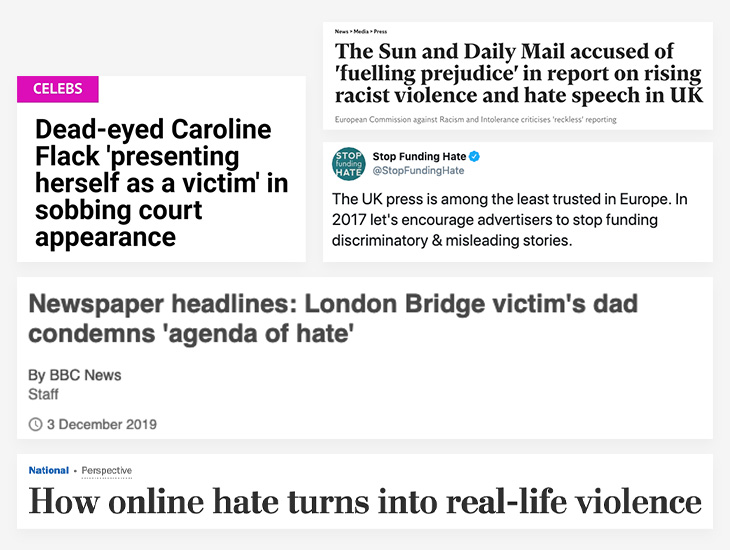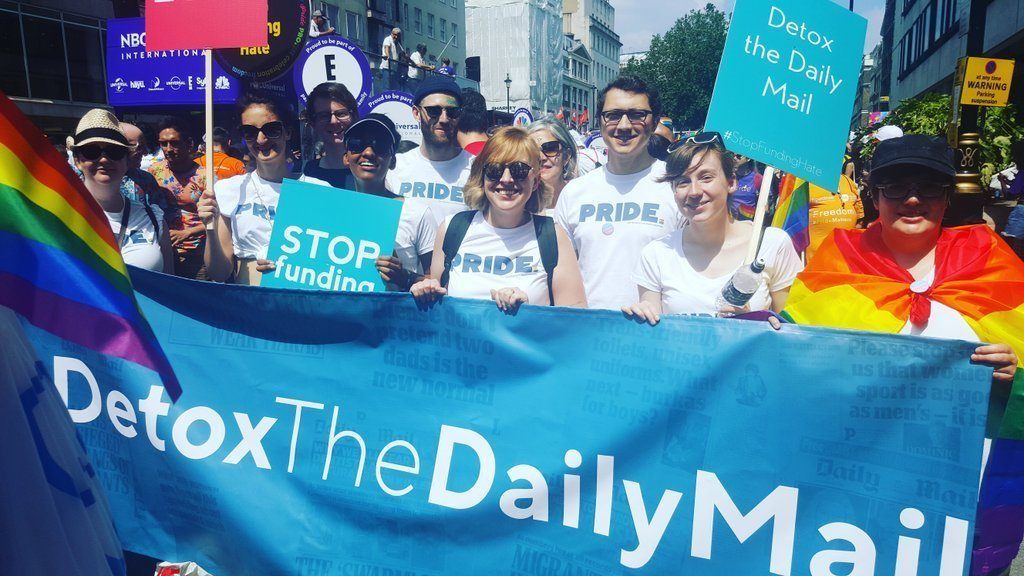So what can agencies do?
With so much opinion and nuance around an overtly inflammatory topic, the logical route to clarity is opening up a series of dialogues that begin to surface thoughts, viewpoints and positions.
Dialogue 1: Your agency
We run an explicitly value-led organisation. Everything we do comes back to values defined by everyone in the company and this gives us clear corridors of interpretation and guides the way we approach everything we do.
Regardless of how formalised your approach to work is, soliciting feedback from an agency team will very soon establish a position that includes everyone’s voice, concerns and opinions.
It can be as simple as a short survey, or as involved as a full debate. The key is to surface the issue and get aligned on how you as a group would like to proceed, and how everyone is empowered to act should they need to.
Dialogue 2: Your client
The agency-client relationship is two-way. It has to work for both sides so this shouldn’t be a nervous conversation. There will be cultural reasons you have chosen to work together and with SEOs/content marketers often being custodians of our clients’ brands it should be an incredibly easy chat to have.
The convenient likelihood is that clients will have their own brand guidelines, few of which I imagine will include actively fuelling hate, and an interesting position in might be asking “What is your policy on links in publications such as X, Y and Z?”.
This positions the topic as an issue in its own right which is important to your agency.
Dialogue 3: The line in the sand and how you approach it
The reality is you will never get to a definitive, comprehensive view of your and your client’s stance on every single publication out there. The key instead is to understand the characteristics of what constitutes that line in the sand and put an escalation procedure in place as you begin to approach this line.
A clearly defined value set, alignment between agency and client and explicit examples/cases make it incredibly easy to spot things that might cause an issue a mile off. The real key here is doing something about it and not being complicit. This can only be avoided by having the conversation first.
As I say this is a hugely nuanced topic. There are infinite shades of grey, endless edge cases and exceptions I am sure. There is no one size fits all approach and I’m sure there are many opinions out there.
Either way, what is undeniable is that this should be something our industry is more actively talking about across the board to ensure we are aware of how our campaigns might be affecting wider societal issues, and are comfortable with our actions as a result.
From my standpoint, enough is enough, and we are working on a policy right now.


